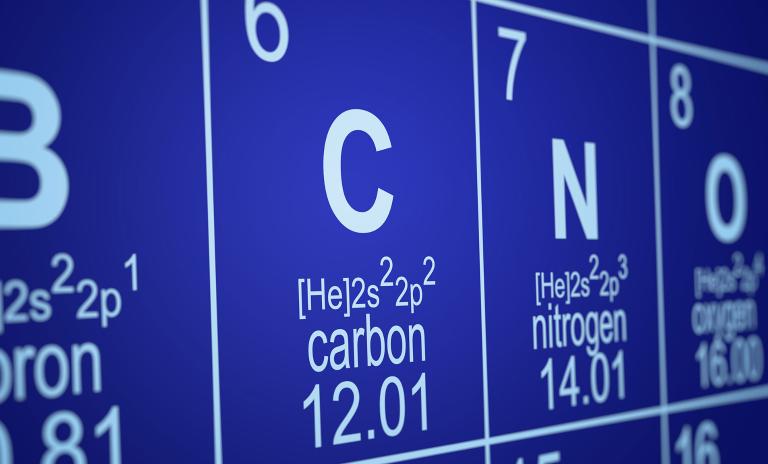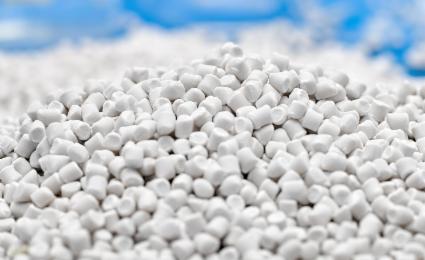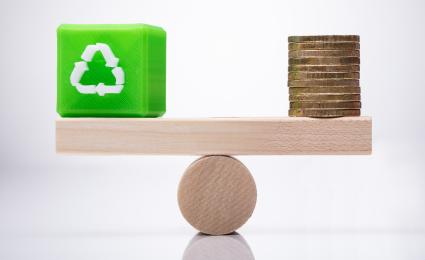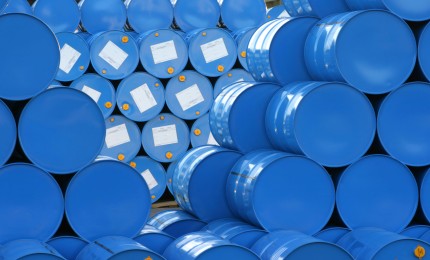Biomass: Technological development required
Biomass offers an organic, renewable alternative to fossil-based feedstocks and can be produced from a variety of sources, including crops, sewage, and agricultural waste. C2 compounds currently make up more than three quarters of embedded bio-based carbon, with bioethanol accounting for 99%. Biomass technologies have now been around for several decades and are divided into three generations, each with their own pros and cons.
First-generation biomass is from edible crops such as corn, soybeans, and sugarcane. The technologies are mature and there is some high-volume commercialization. However, first-generation biomass competes with food production, leading to conflicts of resources and land use.
Second-generation biomass is made from cellulose, typically sourced from non-food crops and waste biomass. It’s commercially less mature, but some technologies for commodity chemicals are available. Second-generation biomass doesn’t compete with food crops, but pretreatment is expensive and there are still conflicts of land use.
Third-generation biomass uses algae as a feedstock, meaning it does not compete with food supplies and requires minimal land. It can also offer a much higher yield potential than the first two generations of biomass. However, the technologies required are still in their early stages, with significant research and investment still required to reach commercial maturity.
_person2_w768.png)
_person2_w768.png)












_person_144.png)




_person_144.png)